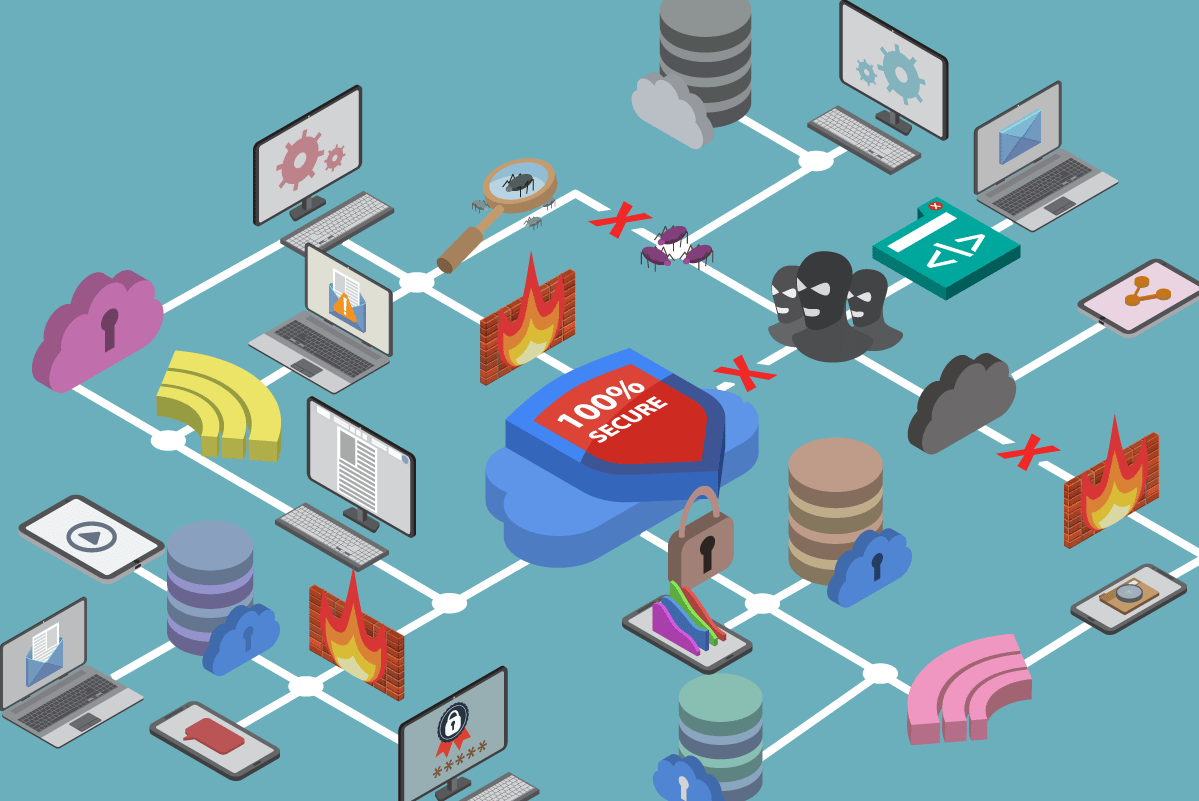SQL Injection
Structured Query Language (SQL) injection is a common method of taking advantage of websites that depend on databases to serve their users. Clients are computers that get information from servers, and an SQL attack uses an SQL query sent from the client to a database on the server. The command is inserted, or “injected”, into a data plane in place of something else that normally goes there, such as a password or login. The server that holds the database then runs the command and the system is penetrated.
Password Attack
Passwords are the access verification tool of choice for most people, so figuring out a target’s password is an attractive proposition for a hacker. This can be done using a few different methods. Often, people keep copies of their passwords on pieces of paper or sticky notes around or on their desks. An attacker can either find the password themselves or pay someone on the inside to get it for them.
Phishing
Phishing is a cybercrime in which a target or targets are contacted by email, telephone, or text message by someone posing as a legitimate institution to lure individuals into providing sensitive data such as personally identifiable information, banking and credit card details, and passwords.
Ransomeware
Ransomware is malware designed to deny a user or organization access to files on their computer. By encrypting these files and demanding a ransom payment for the decryption key, cyber attackers place organizations in a position where paying the ransom is the easiest and cheapest way to regain access to their files.

